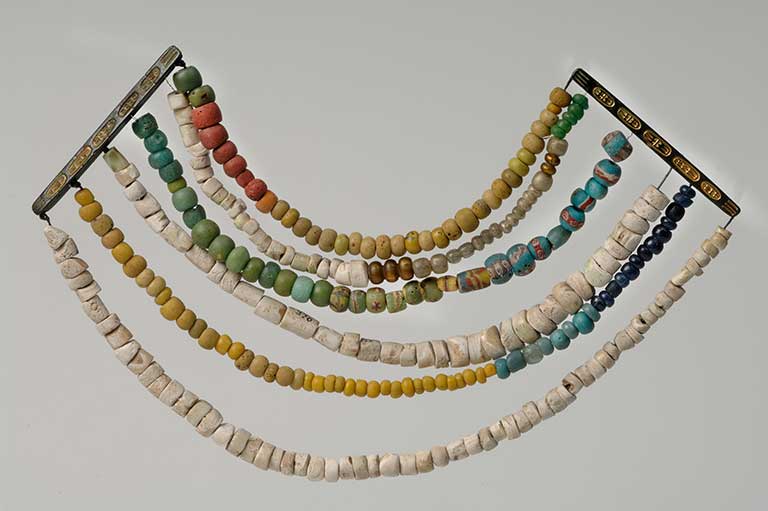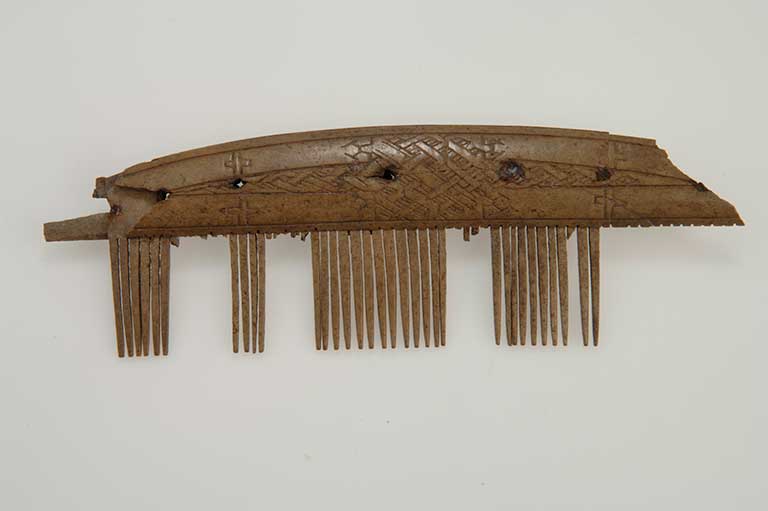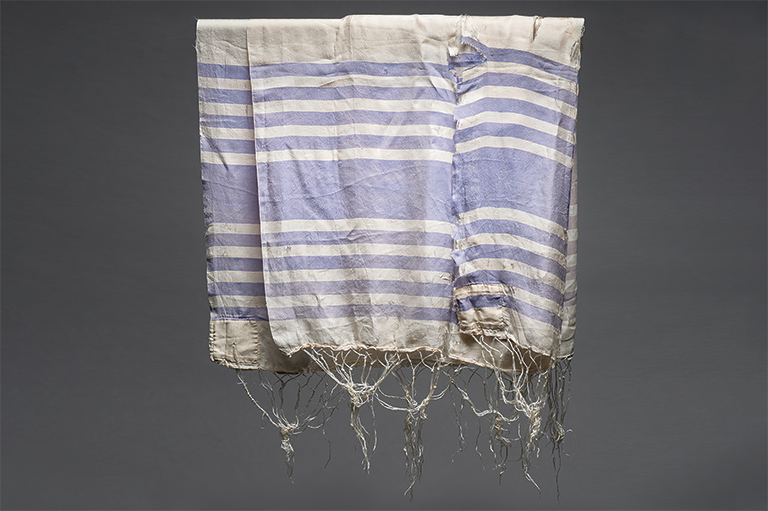Vikings: The Exhibition
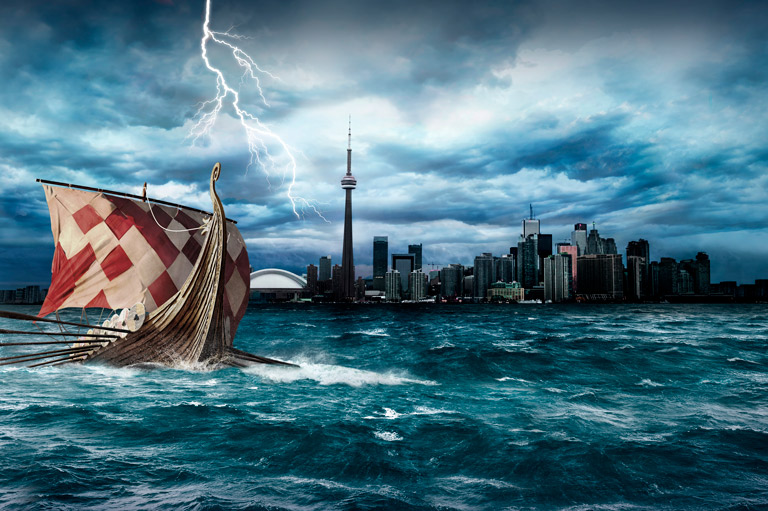
They are outsized people in our imaginations, the Vikings. We picture muscular men operating forges and sailing longships, and broad-shouldered women organizing homes and gardens.
But at the Royal Ontario Museum’s Vikings exhibition, the tiny and delicate captivates as much as the big and powerful. There are fingernail-sized axe-head amulets carved from amber, delicately wrought chains, elaborate iron keys, beautifully inscribed silver pendants in the shape of Thor’s hammer, and even little jingle bells that would have been attached to toys or a horse’s harness. The pendant below, for instance, is roughly thumbnail-sized.
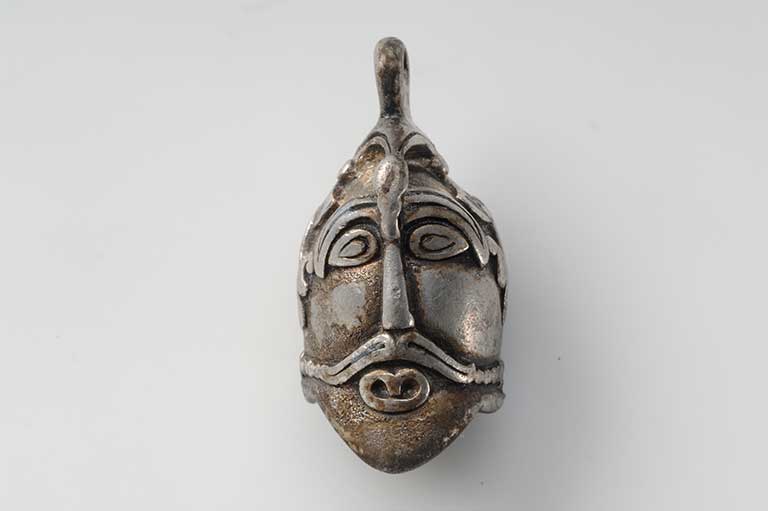
While several intricate objects celebrate traditional Norse religious figures, such as Odin and Frigg, others demonstrate the transition to Christianity, which the Norse adopted enthusiastically. Perhaps to hedge bets while that transition was underway, some items combine the two, as on the Thor’s hammer decorated with crosses.
There are lots of the hefty objects we associate with Vikings, too, of course: spears, axes and swords abound. The replica ship just inside the ROM’s front door, while substantial, is a reminder that when the Norse headed off into the unknown across some of the world’s roughest seas, they did it in surprisingly small craft: the reproduction Eik Sande is just shy of 10 metres long with a rough cloth sail. The longships of popular perception were designed for raiding, not long ocean voyages; they could be sailed into shallow river estuaries and hauled up on shore.
Many of the objects have never been seen outside Scandinavia before. The exhibition provides a broad view of Norse life, divided into several sections covering crafts, shipbuilding, weapons, agriculture and more. The one on personal grooming features mirrors, metal tweezers, combs made from antlers and silver ear spoons. Indeed, the Norse may have been downright vain; there are accounts of all genders wearing eyeliner and bleaching their hair with lye. There are reproductions of their simple tunics, aprons, leggings, and cloaks held in place with simple but beautiful pins. Hammered-metal torcs and beaded necklaces, like the one shown below, demonstrated wealth and position.
Craig Cipolla, the ROM’s associate curator of North American archaeology, isn’t surprised by visitors’ fascination with the Vikings, given echoes of their clothing and craftsmanship in entertainment such as the Lord of the Rings movies and the Game of Thrones television series. “It’s partly about our love affair with the medieval world,” he says, noting that it’s important to remember that the Norse were a “varied group who didn’t think of themselves as one people.”
The exhibition explores all aspects of Norse society, which had three levels: the aristocrats, the free and the unfree, the latter being a catch-all term for slaves, also known as thralls. Slaves had varying amounts of freedom and powers depending on whether they were born locally or had been captured on raids; the latter were also sold in eastern slave markets.
An animated map showing the range of Viking exploration, raids and settlement is astonishing. Vikings journeyed in all directions, from the British Isles to northern Canada, Africa, Russia, the Middle East and Asia, sometimes settling down and intermarrying with the locals, other times returning home with beautiful objects such as a small statue of Buddha dating from the sixth century and beads from the Black Sea region. “They really were looking to go out and make new things part of their world,” says Cipolla.
One of the most breathtaking items in the exhibition shouldn’t be spoiled with a description in words. Suffice to say it is a ghostly and memorable display of artifacts discovered as archaeologists excavated a Viking site.
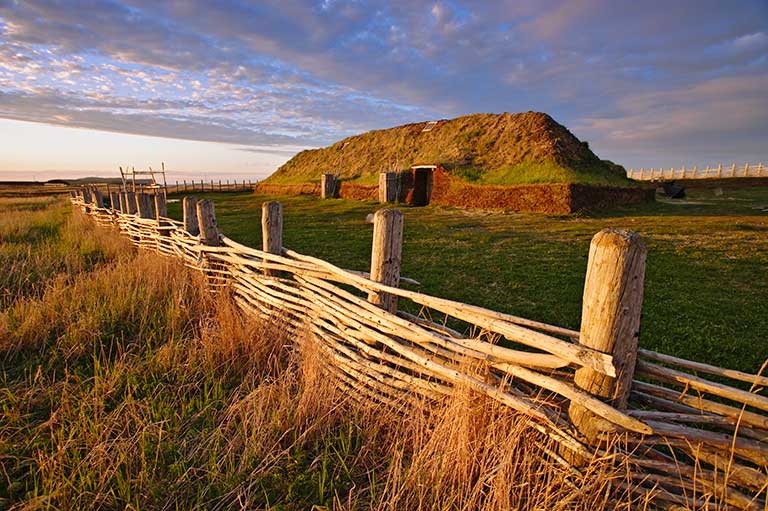
The final section of the exhibition focuses on Vikings in Canada. As with the article “Finding Vinland” by Birgitta Wallace in the Feb-Mar 2018 issue of Canada’s History, the exhibition comes down strongly on the side of L’Anse aux Meadows in Newfoundland being the site of Leif Ericsson’s Vinland. It also explores the possibility of interactions between Vikings and Indigenous people here. And don’t miss the Beardmore sword, a genuine Norse artifact with a shady Canadian past.

“The Vikings were not about boundaries; they were about crossing boundaries,” says Cipolla. That longing to explore the world and make new discoveries may also help to explain our fascination with this society of a thousand years ago. Ultimately, says Cipolla, visiting the exhibition is “not just about ‘those other people’; it’s also us learning about ourselves, and about our relationship with the past, the present and the future.”
Vikings: The Exhibition is a joint venture with the Swedish History Museum and Austria’s MuseumsPartner, presented by investment dealer Raymond James Ltd. It runs until April 2, 2018 at the ROM.
Themes associated with this article
Advertisement

